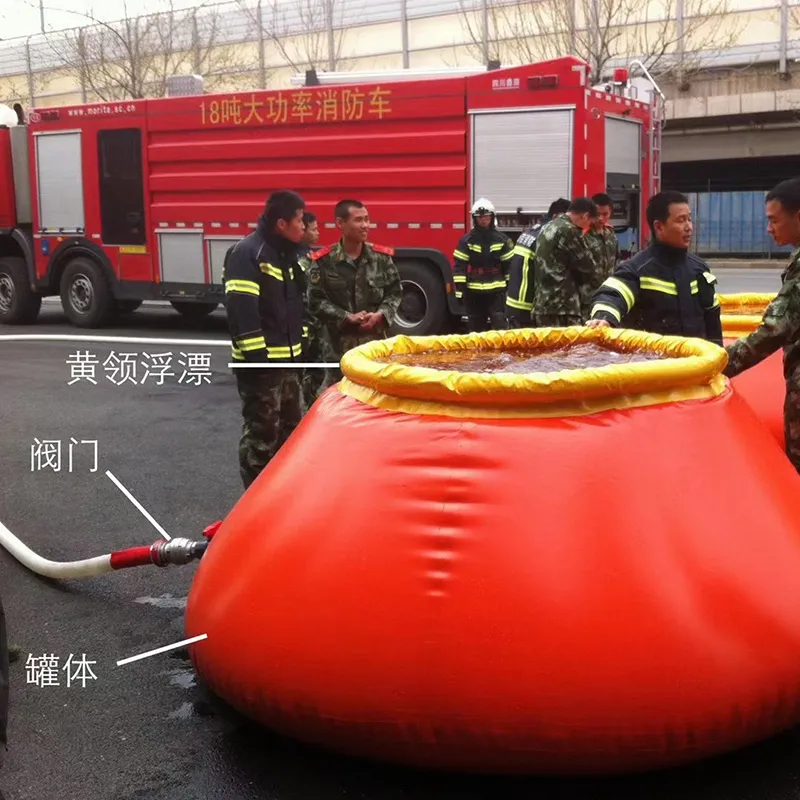

To select the appropriate pump for a firefighting system, several factors need to be considered—such as the water source, the required flow rate and pressure, and the specific fire risk profile of the protected area. A pump that works well for a high-rise urban building might be completely inappropriate for a petrochemical facility, where foam proportioning and specialty agents are needed. Beyond the technical specifications, it is important to regularly maintain and test these pumps. Ensuring that they are in optimal working order cannot be overstated; routine inspections can identify wear and tear or operational inefficiencies before they result in failures during emergencies. Furthermore, compliance with international fire safety standards—such as NFPA 20, which provides criteria for stationary pumps—enhances the reliability and effectiveness of firefighting systems. In-depth knowledge of these pumps' functionalities, and the foresight to align equipment choices with specific fire risk scenarios, underscores the expertise necessary for creating reliable firefighting systems. Trust in these systems is earned through rigorous testing, adherence to standards, and a commitment to understanding the unique demands of each fire protection scenario. In summation, choosing the right type of pump is a nuanced decision that impacts the effectiveness of a firefighting system. By leveraging professional insight and authoritative knowledge, stakeholders can ensure their fire protection strategies are robust, reliable, and ready to perform under pressure, safeguarding lives and property.




























